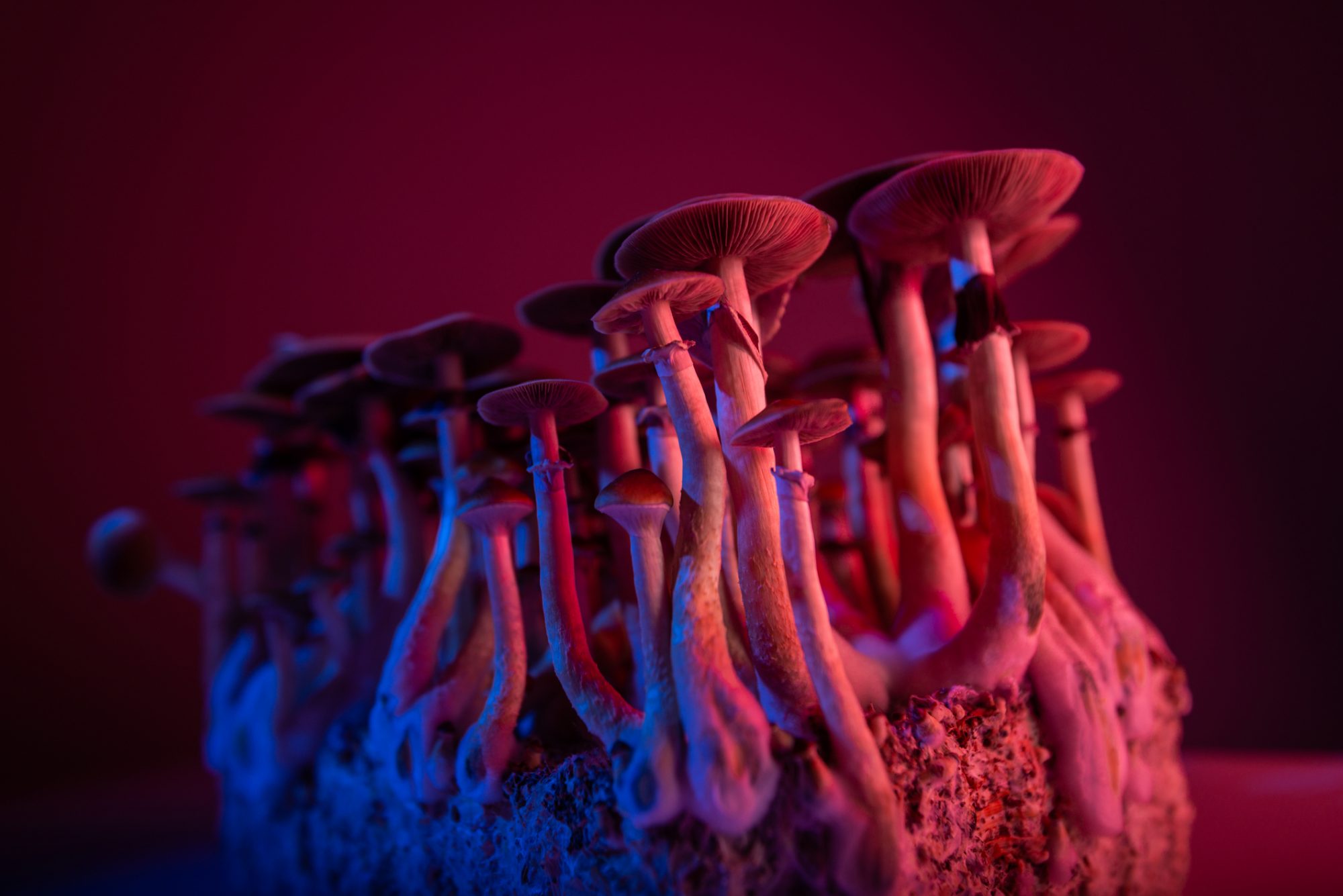Psychedelic Mushrooms: History and Use
- The history of psychedelic mushroom use.
- Effects and risks of psilocybin-containing mushrooms.
- Current legal status and research.

Psychedelic mushrooms, also known as magic mushrooms or psilocybin mushrooms, have a long history of use by various cultures around the world for spiritual, religious, and recreational purposes. Here's an overview of their history and use:
1. Ancient Use: Psychedelic mushrooms have been used for thousands of years in indigenous cultures, particularly in regions like Mesoamerica. Archaeological evidence suggests that certain mushroom species, such as Psilocybe cubensis, were used in religious ceremonies by pre-Columbian civilizations like the Aztecs and the Maya. These cultures revered the mushrooms for their psychoactive properties and believed they facilitated communication with the divine.
2. Modern Rediscovery: The modern rediscovery of psychedelic mushrooms is often credited to R. Gordon Wasson, an American ethnomycologist, and his colleague, Albert Hofmann, the Swiss chemist who first synthesized LSD. In the 1950s, Wasson and Hofmann traveled to Mexico to investigate the ceremonial use of mushrooms by indigenous tribes. Their research led to the identification of the active compound in magic mushrooms: psilocybin.
3. Psychedelic Movement: In the 1960s, psychedelic mushrooms gained popularity as part of the broader psychedelic movement, which advocated for the exploration of altered states of consciousness for personal growth and spiritual insight. Influential figures like Timothy Leary and Terence McKenna promoted the use of psychedelics, including magic mushrooms, as a means of expanding consciousness and challenging societal norms.
4. Scientific Research: In recent years, there has been a resurgence of scientific interest in the therapeutic potential of psilocybin, the primary psychoactive compound in magic mushrooms. Clinical studies have shown promising results in using psilocybin-assisted therapy to treat various mental health conditions, including depression, anxiety, PTSD, and addiction. Research has also explored the neurological effects of psilocybin on the brain and its potential mechanisms of action.
5. Legal Status: The legal status of psychedelic mushrooms varies widely around the world. In some countries, such as the Netherlands and Portugal, they are decriminalized or tolerated for personal use. In others, including the United States and many other countries, they are classified as controlled substances, making their possession, sale, or cultivation illegal.
6. Contemporary Use: Despite legal restrictions, psychedelic mushrooms continue to be used recreationally and ceremonially by individuals around the world. There is also a growing underground movement of psychedelic retreats and therapy sessions facilitated by trained professionals in countries where psilocybin is illegal.
7. Safety and Risks: While psychedelic mushrooms are generally considered safe when used responsibly, they can pose risks, especially in high doses or in unsupervised settings. Adverse effects may include anxiety, paranoia, confusion, and, in rare cases, psychosis or hallucinogen persisting perception disorder (HPPD). Set and setting, as well as the mental and emotional state of the user, play crucial roles in determining the overall psychedelic experience.
Overall, the history and use of psychedelic mushrooms reflect a complex interplay of cultural, spiritual, scientific, and legal factors. As research into their therapeutic potential continues, attitudes towards psychedelic mushrooms are evolving, prompting renewed discussions about their role in society and their potential benefits and risks.
Comments
Post a Comment